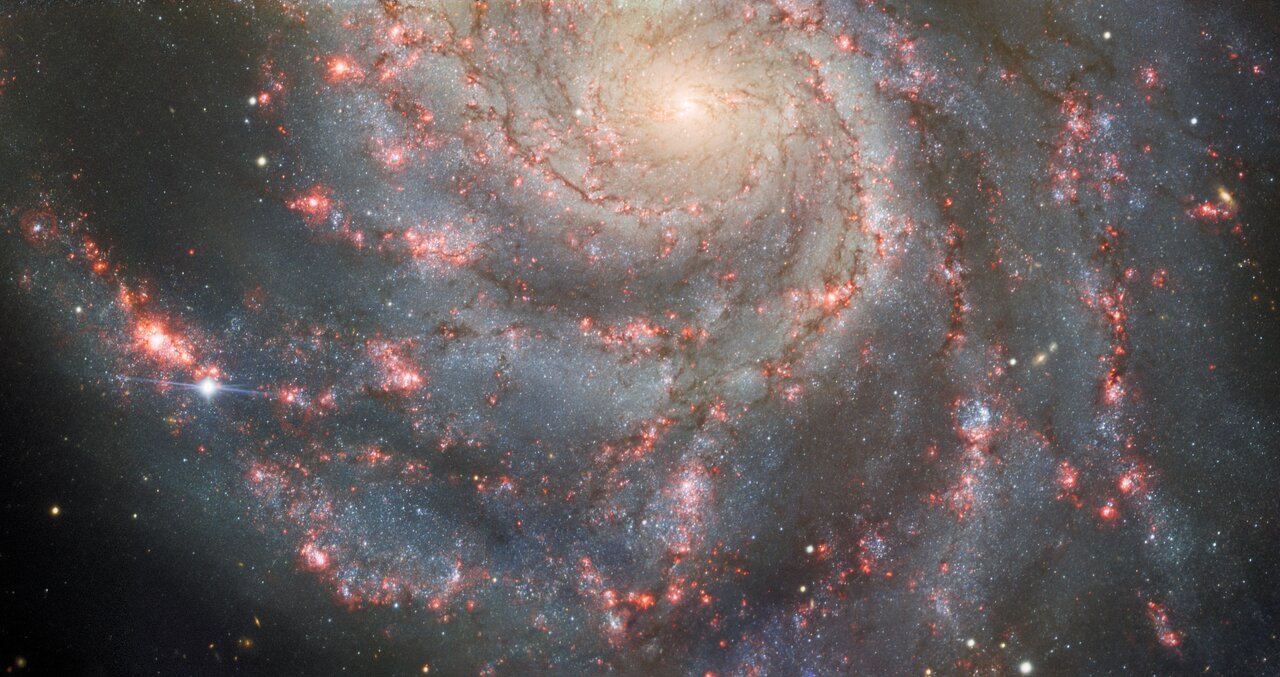The 8-meter Gemini North telescope has been brought back online after seven months of repairs and refurbishment of its primary mirror. The timing couldn’t have been better, as the telescope was able to capture the brand-new supernova in the famous Pinwheel Galaxy. The bright supernova was first discovered on May 19th, and telescopes worldwide have been revealing its secrets.
Gemini North, located on Mauna Kea in Hawai‘I, was damaged in October of 2022. While moving the primary mirror in preparation for stripping its reflective protected silver coating, the mirror hit an earthquake restraint on the facility, chipping two areas on the mirror’s outer edges. The damage was outside of the light-collecting area of the mirror. The repairs and scheduled re-coating and refurbishment wrapped up in May, just in time to capture the new supernova.

“The successful repair of the Gemini North mirror was a great team effort,” said International Gemini Observatory Director Jennifer Lotz, in a press release. “Many different groups across NOIRLab worked together to resolve this difficult situation. Gemini/NOIRLab thanks the mirror repair team, Safran–Reosc, the independent review board, and all the staff involved in this challenging exercise.”
This supernova, named SN 2023ixf is a Type II supernova. These are known as core-collapse supernovae since they occur when a massive star runs out of elements to fuse and its core collapses under its own weight to become a neutron star.
Astronomers plan to make more observations with the Gemini North telescope of this supernova over the coming months, studying how the light from the supernova fades and how its spectrum evolves over time. This will help to better understand the physics of such explosions.
The Pinwheel Galaxy is located approximately 21 million light-years from Earth in the direction of the constellation Ursa Major. Its beautiful spiral arms make it one of the most photographed galaxies in the night sky.
Gemini North is one half of the International Gemini Observatory operated by NSF’s NOIRLab. Gemini South is located in the Andean Mountains in Chile.

